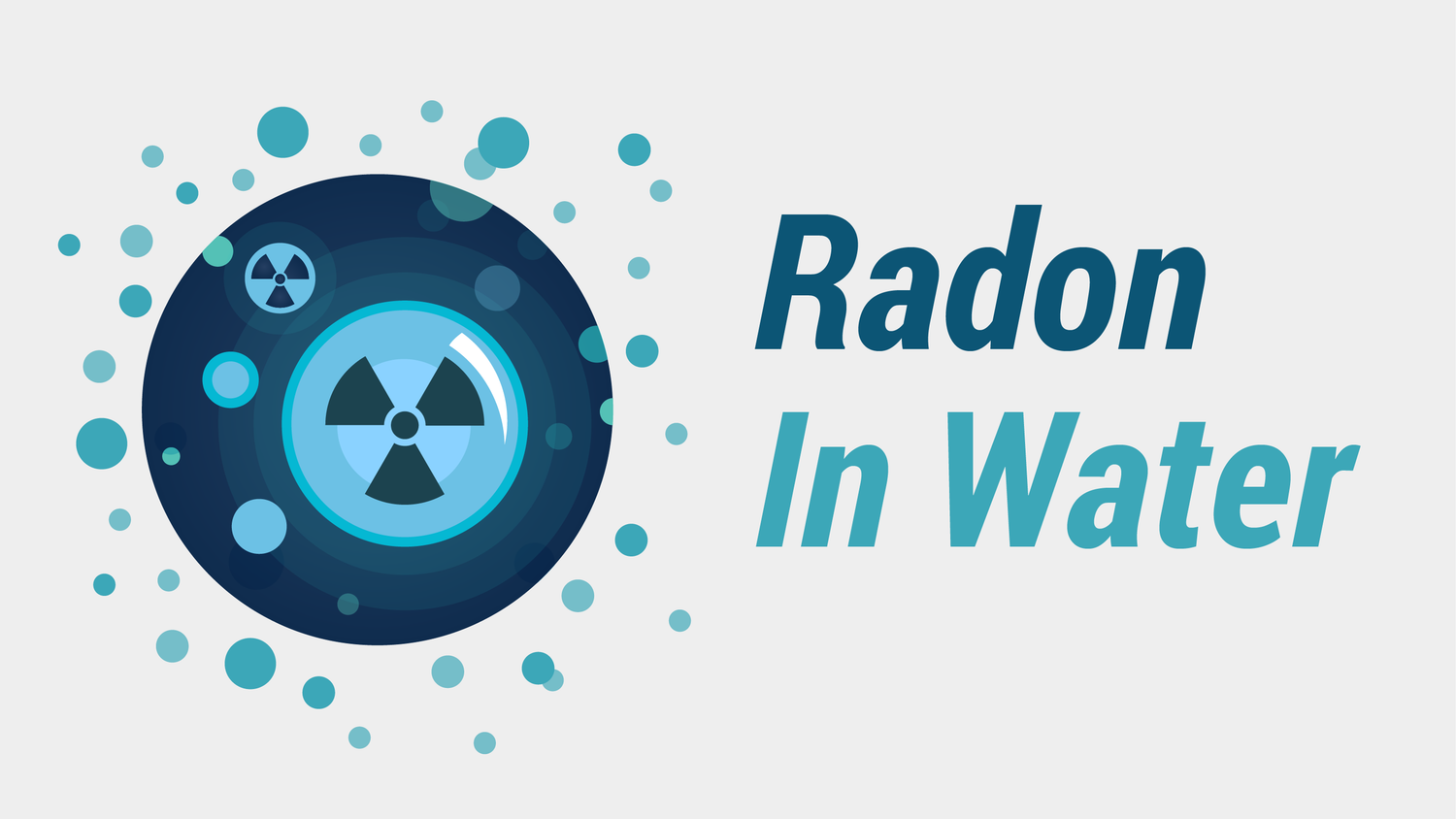
How Do You Fix Radon in Water?
Our blog is written by real experts— not AI. Each guide is carefully reviewed and updated based on the latest research. Plus, with no affiliate links, you can count on unbiased insights you can trust.
You can’t see it. You can’t taste it. You can’t smell it.
Radon is a silent threat. It affects approximately one in every 15 homes in the United States at a level above the recommended action level, according to the EPA.
Action levels differ from Maximum contaminant levels in that Action Levels reflect a level at which a system must announce to the public what concentrations are and what the plan is to treat the contaminant. Maximum Contaminant Levels, on the other hand, reflect a level at which a contaminant is harmful and is the uppermost limit for a contaminant before the system is in violation of drinking water standards.
Why Is Radon Harmful?
It can cause cancer, along with a slew of other negative health impacts–so needless to say: you don’t want it contaminating your home.
But, what exactly is radon?
It is a radioactive gas that comes from the natural breakdown of soil, rock, and water. It diffuses into the air you breath. It is found all across the United States and generally exists in very low concentrations outdoors.The biggest threat actually comes from inside your home–where you most likely spend the majority of your time.
However, there is some good news. Prevention and reduction of radon contamination has a simple solution. So, read on and find out what you can do about this potential threat lurking in your home.
Why Is Radon a Threat to Your Health?
Airborne radon itself is not hazardous. However, the products of radon decay, which is inevitable, are a different story. In fact, the consequences can be fatal.
Means of Radon Exposure:
The most common means of exposure is through the air we breathe, because radon can enter through cracks in your homes (in floors, walls, foundations etc.). It can also accumulate from contaminated building materials or from wells that contain the element. Homes that are well insulated, tightly sealed, or built on contaminated soil are most frequently at risk.
Human Health Impacts of Radon:
The largest health concern regarding radon exposure is lung cancer. In fact, it is the number one cause of lung cancer amongst non-smokers. During decay, radon gives off tiny radioactive particles.
When these a particles are inhaled over a long time period, they damage the cells that line the lungs. It is responsible for 21,000 lung cancers deaths annually, and 2,900 of these deaths occur among people who have never smoked. If you are a smoker, your risk of radon-related lung cancer is substantially higher.
What Can You Do About Radon?
Due to its imperceptible nature, testing is the only sure fire what to know that you are at risk for radon exposure. It is recommended that you test your home every two years, every time you move, or make a structural change to your house. If you detect radon levels about 4 picoCuries (pCi/L) per liter of air, you should take action.
There are several simple steps you can take. One of the quickest, most affordable, and easiest fixes: proper ventilation. However, other remedies require a skilled approach, so it may be necessary that you employ the services of a professional contractor. Some of the other solutions include:
- Forced Ventilation
- Heat Recovery Ventilation
- House Pressurization
These are only a few options. For a more complete list of radon solutions (with explanations of how and why they are effective) check out this link. The best way to combat radon is to prevent it from entering your home in the first place. Preventative measures include:
- Install a layer of gas-permeable aggregate (like gravel) beneath your flooring system and cover with plastic sheeting
- Seal and caulk all cracks in your foundation and walls
- Vent gases from the soil to the outside via gas-tight pipe
- Install a vent fan in your attic to route radon outside
What are the takeaways?
Radon is a silent, but very risky threat. You should test for radon in your air regularly and there are simple measures you can take to both prevent and remedy the issue.










